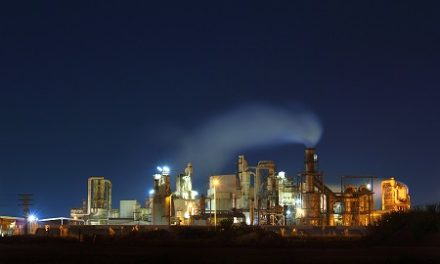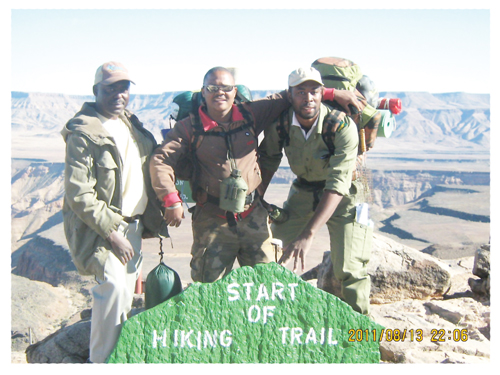
Only 66 cars finished 2016 Dakar
JOHANNESBURG – The 2016 edition of the world’s toughest motorsport event, The Dakar Rally, is over. In South America, the millions of fans who cheered the Dakar convoy as it snaked its way across Argentina and Bolivia, have returned to their normal lives. And back in Johannesburg, the members of the Toyota Gazoo Racing SA team have returned home.
This year’s race was an emotional rollercoaster. As if the racing itself wasn’t tough enough, Mother Nature conspired to add floods, dust storms and scorching heat along the way. Even out on the stages, where things really mattered, the race got off to a rocky start.
“We knew all along that the Peugeots would be quick,” explains Team Principal Glyn Hall. “But we didn’t expect them to be that quick! And in the early part of the race, where multiple WRC champion Sebastien Loeb was at home, we had every reason to worry.”
But the Dakar is an ultra-marathon, not a sprint, and consistency is often more important than raw speed. Not that things got any easier once the race started climbing towards the high plains of Bolivia.
“The turbo-charged cars have always proven fast in the thin air of the high altitude stages. And this year we saw more high altitude stages than ever before,” said Hall.
The thin air didn’t only affect the cars’ performance – the human bodies inside them also took a beating. Both Giniel de Villiers and Leeroy Poulter trained significant hours using special equipment to simulate high altitude before the race.
Midway through the race, however, things were looking up for Toyota. De Villiers and Von Zitzewitz were the best of the three factory crews, in 5th place overall after nearly 30 hours of racing.
“But we’ve learnt that the Dakar is a long race, and it isn’t won or lost in the first week. You’ve got to keep going as fast and consistently as you can, drive your own race, and let the results come to you,” explained De Villiers. “And that’s what we did. We kept the pressure on, and kept things clean and tidy.”
Dakar 2016 consisted of 13 stages, run in Argentina and Bolivia. It covered a total distance of 9,597 km, of which roughly half was spent at flat out racing speeds. A total of 112 cars started and only 66 finished.











































